Cats are wonderful companions, bringing joy and love to our lives. As pet owners, it is our responsibility to ensure that our furry friends are happy and healthy. But with so much information available online, it can be difficult to know where to start. In this ultimate guide, we will take you through everything you need to know to raise a happy and healthy pet cat. From choosing the right food and litter, to grooming and exercise, we’ll cover all the basics and more. We’ll also provide tips on how to prevent and treat common health issues that cats may face during their lifetime. Whether you’re a first-time cat owner or a seasoned pro, this guide is a must-read for anyone who wants to give their feline friends the love and care they deserve.
Choosing the right cat breed for your lifestyle and preferences
When it comes to welcoming a new feline friend into your home, choosing the right cat breed is essential to ensure a harmonious and fulfilling relationship. Each cat breed comes with its own unique set of characteristics, temperaments, and needs. By considering your lifestyle and preferences, you can find the perfect match that will bring joy and companionship to your life.
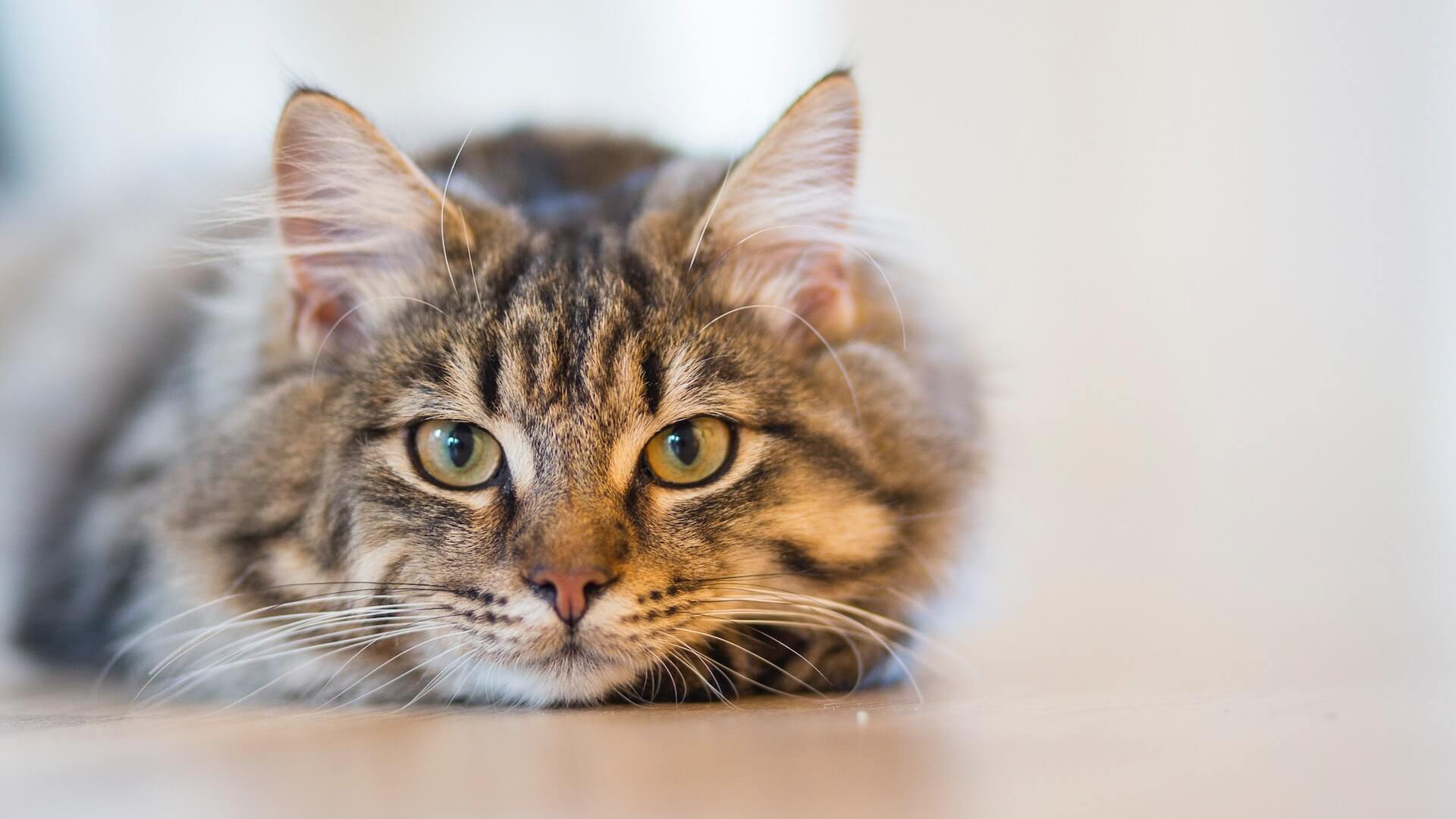
Firstly, think about your activity level and the amount of time you can dedicate to your furry companion. If you lead a busy, on-the-go lifestyle, a low-maintenance breed like the British Shorthair or Ragdoll might be a great fit. These breeds are known for their independent nature and are content with some playtime and attention. On the other hand, if you’re looking for an active and playful cat that will keep you on your toes, breeds like the Bengal or Abyssinian might be more suitable.
Next, consider your living arrangements. If you live in a small apartment or have limited outdoor space, a breed that doesn’t require much exercise or has low energy levels, such as the Persian or Scottish Fold, might be a better choice. However, if you have a spacious home with access to a secure outdoor area, a breed like the Maine Coon or Bengal, known for their love of exploration and outdoor adventures, could be an ideal fit.
It’s also important to consider any allergies or sensitivities you or your family members may have. While no cat breed is entirely hypoallergenic, some breeds, like the Sphynx or Russian Blue, are known to produce fewer allergens and may be more suitable for individuals with allergies.
Lastly, think about the specific characteristics and traits that you find appealing in a cat. Do you prefer a breed that is sociable and enjoys the company of other pets or one that is more reserved and independent? Are you looking for a breed with a specific coat type or color pattern? By researching different breeds and their specific traits, you can narrow down your options and find a cat that matches your preferences.
Preparing your home for a new cat: cat-proofing and creating a safe environment
Cat-proofing your home is not only essential for the cat’s protection but also for your peace of mind. Here are some important steps to take when creating a safe environment for your new feline companion.
First and foremost, inspect your home for any potential hazards. Remove or secure loose wires, cords, and cables that could be chewed on or tangled in. Cats are notorious for their curiosity, and these items can pose a serious risk of electrocution or injury. Additionally, ensure that toxic substances such as cleaning products, chemicals, and plants harmful to cats are safely stored out of reach.
Next, consider your furniture and household items. Cats are natural climbers and love to explore elevated spaces. Secure bookshelves, cabinets, and other tall furniture to prevent them from toppling over and causing harm. Keep fragile or valuable items safely stored away to avoid accidental breakage.
Creating designated spaces for your cat is also important. Cats need a place to call their own, a safe retreat where they can relax and feel secure. Set up a cozy cat bed, scratching posts, and toys in a quiet corner of your home. This will provide them with a sense of belonging and help prevent any destructive behavior due to stress or boredom.
Furthermore, consider the accessibility of windows and balconies. Cats are known for their curiosity and agility, but they may not always be aware of the dangers of high ledges. Install secure screens or window guards to prevent accidental falls or escapes. Additionally, ensure that any balcony or outdoor areas are properly enclosed to prevent your cat from wandering off or encountering potential hazards.
Lastly, familiarize yourself with potential hiding spots in your home. Cats are masters of finding cozy nooks and crannies to retreat to. Check behind appliances, under furniture, and inside closets to ensure there are no hidden dangers, such as exposed wires or chemical spills.
Feeding your cat: the importance of a balanced diet and portion control
Feeding your cat a balanced diet with proper portion control is crucial for their overall health and happiness. Just like humans, cats require a well-balanced diet to thrive and maintain optimal health.
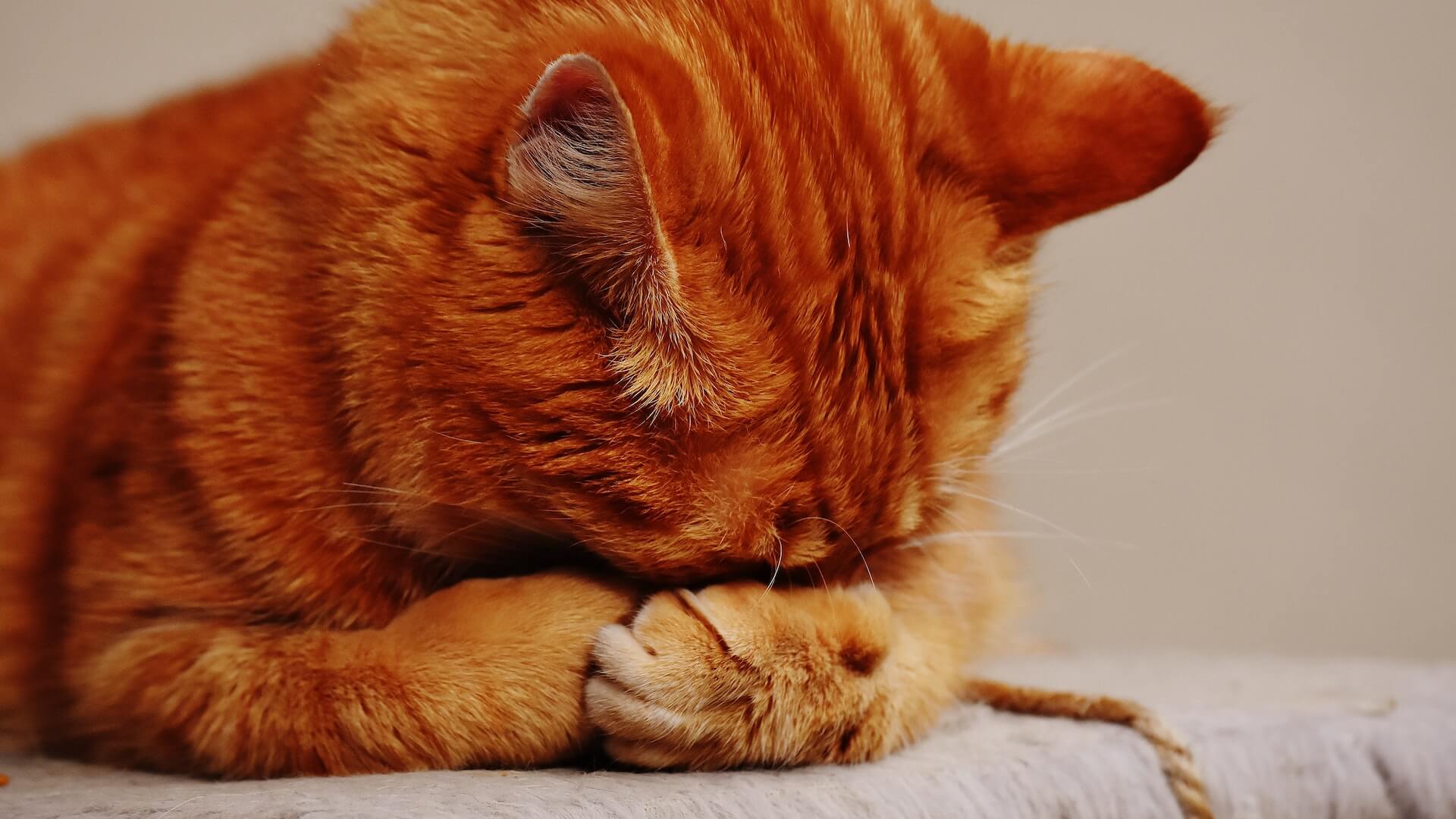
A balanced diet for cats should consist of high-quality cat food that meets their nutritional needs. Look for cat food that is specifically formulated to provide the right balance of protein, fats, carbohydrates, vitamins, and minerals. Avoid cheap or generic brands that may not provide adequate nutrition for your furry friend.
Portion control is equally important when it comes to feeding your cat. Overfeeding can lead to obesity and a host of health problems like diabetes, joint issues, and heart disease. On the other hand, underfeeding can result in malnutrition and a weakened immune system.
Consult your veterinarian to determine the appropriate portion sizes for your cat based on their age, weight, and activity level. It’s essential to follow these guidelines and avoid free-feeding, where food is constantly available. Instead, establish a regular feeding schedule with measured portions to ensure your cat is getting the right amount of food.
Additionally, it’s crucial to monitor your cat’s weight and adjust their portion sizes accordingly. If you notice your cat gaining or losing weight, consult your veterinarian for guidance. They may recommend adjusting the portion sizes or switching to a different type of cat food.
Remember, each cat is unique, and their dietary needs may vary. Some cats may require specialized diets due to medical conditions or allergies. Always consult your veterinarian for personalized recommendations to ensure your furry companion receives the best nutrition for their specific needs.
Providing proper veterinary care: vaccinations, regular check-ups, and preventive measures
Just like humans, cats require vaccinations to protect them from various diseases. Vaccines help to strengthen their immune system and prevent the onset of illnesses that can be harmful or even fatal.
Regular check-ups with a trusted veterinarian are essential to monitor your cat’s overall well-being. During these visits, the vet can assess your cat’s health, detect any potential issues early on, and provide necessary treatments or interventions. These check-ups also allow for important preventive measures to be taken, such as deworming and flea and tick control.
Preventive measures are vital in keeping your cat in good health. Deworming helps eliminate internal parasites that can cause digestive disturbances and other health problems. Flea and tick control is essential to protect your cat from the discomfort and potential diseases that these pests can transmit.
Apart from vaccinations and preventive measures, spaying or neutering your cat is a responsible decision to make. It not only helps control the cat population but also offers various health benefits, such as reducing the risk of certain cancers and behavioral issues.
Mental and physical stimulation: keeping your cat entertained and active
Cats are natural hunters and need mental and physical stimulation to stay happy and healthy. Here are some tips to ensure your feline friend gets the exercise and mental stimulation they need.

1. Playtime:
Set aside dedicated playtime sessions with your cat. Use interactive toys such as feather wands, laser pointers, or puzzle toys to engage their hunting instincts. Experiment with different toys and games to find what your cat enjoys the most.
2. Scratching posts and climbing trees:
Cats love to scratch and climb. Provide them with a sturdy scratching post or a cat tree where they can stretch, climb, and scratch to their heart’s content. This not only keeps them physically active but also helps them maintain healthy nails and muscles.
3. Environmental enrichment:
Create an enriching environment for your cat by introducing new and stimulating elements. This can include hiding treats around the house, providing puzzle feeders, or even setting up a window perch where they can watch birds and squirrels outside.
4. Rotate toys:
Keep your cat interested by rotating their toys. Cats can quickly lose interest in the same toys, so put away a few toys at a time and reintroduce them later for a renewed interest and excitement.
5. Interactive feeding:
Instead of using regular food bowls, try interactive feeding methods such as puzzle feeders or food-dispensing toys. This not only makes mealtime more engaging for your cat but also slows down their eating, preventing overeating and promoting better digestion.
6. Quality time:
Make sure to spend quality time with your cat every day. Whether it’s cuddling, grooming, or simply observing them in their natural behavior, this bonding time is essential for their mental well-being.
Grooming and hygiene: maintaining a clean and healthy cat
Not only does regular grooming help to keep your feline friend looking their best, but it also plays a crucial role in preventing health issues and promoting overall well-being.
Start by establishing a grooming routine that suits both you and your cat. Some cats may enjoy the sensation of being brushed, while others may be more resistant. It’s important to approach grooming sessions with patience and understanding, allowing your cat to feel comfortable and relaxed. Use a brush or comb that is suitable for your cat’s fur type, whether it’s short, long, or somewhere in between.
Regular brushing helps to remove loose hair, preventing it from being ingested and causing hairballs. It also helps to distribute natural oils throughout the coat, keeping it shiny and healthy. Additionally, brushing can help you detect any skin abnormalities, parasites, or lumps that may require veterinary attention.
In addition to brushing, pay attention to your cat’s nails. Trimming them regularly helps prevent them from becoming too long and causing discomfort or potential injury. If you’re unsure about how to trim your cat’s nails, consult with a veterinarian or a professional groomer who can demonstrate the proper technique.
Maintaining dental hygiene is equally important for your cat’s overall health. Dental issues can lead to pain, infections, and other serious health problems. Introduce a regular teeth-brushing routine using a cat-specific toothbrush and toothpaste. Start slowly, allowing your cat to get used to the taste and sensation. Regular dental check-ups with a veterinarian are also recommended to ensure optimal oral health.
Lastly, don’t forget about keeping your cat’s ears and eyes clean. Inspect their ears regularly for any signs of redness, discharge, or odor. Clean their ears gently using a veterinarian-approved ear cleaner and cotton balls. When it comes to their eyes, use a damp cloth or cotton ball to wipe away any discharge or debris. If you notice excessive tearing, redness, or swelling, consult a veterinarian for further evaluation.
Creating a comfortable sleeping and resting area for your cat
Cats are known for their love of sleep, spending up to 12-16 hours a day snoozing. By providing a cozy and inviting space for them to rest, you can help them recharge and stay content.

Firstly, consider the location of their sleeping area. Cats are creatures of habit and enjoy having a designated spot that they can call their own. Choose a quiet and peaceful corner of your home where they can retreat to when they need some downtime. Avoid placing their bed or resting area in high-traffic areas or near noisy appliances to ensure they can relax without disturbances.
Next, invest in a comfortable bed or mat specifically designed for cats. There are various options available, including plush beds, heated pads, or even window perches where they can bask in the sunlight. Take into account your cat’s preferences and behavior when choosing the right bed – some cats may prefer a cozy cave-like bed, while others may enjoy stretching out on a flat surface.
Consider providing multiple sleeping options throughout your home. Cats often like to have different spots to choose from depending on their mood or the temperature of the room. This could include a bed in the living room, a perch near a window, or even a soft blanket on a shelf or in a quiet corner. Offering these choices will keep your cat happy and prevent them from feeling confined to one area.
Additionally, ensure that their sleeping area is kept clean and free from any potential hazards. Regularly wash their bedding or blankets to maintain a clean and fresh environment. Avoid using strong-smelling detergents or fabric softeners that may irritate your cat’s sensitive sense of smell. Cats are also known to be curious climbers, so make sure any shelves or perches are securely attached to avoid accidents.
Lastly, show your cat some love by adding a personal touch to their sleeping area. Place a few toys or a scratching post nearby to keep them entertained and mentally stimulated. Consider incorporating some calming elements like lavender or catnip to create a soothing atmosphere.
Socialization and companionship: the benefits of interaction with other cats and humans
While cats are known for their independent nature, they still benefit greatly from interactions with other cats and humans.
Interaction with other cats provides valuable opportunities for socialization. Cats are naturally territorial animals, and when they have positive experiences with other feline companions, it helps to alleviate stress and prevent behavioral issues. It also allows them to develop important social skills, learn from each other, and engage in playful activities that stimulate their minds and bodies.
Introducing your cat to other cats should be done gradually and under supervised conditions to ensure a smooth and positive experience for all involved. It’s important to provide enough space and resources for each cat to feel comfortable and secure, as well as to monitor their interactions to prevent any conflicts or aggressive behaviors.
In addition to interacting with other cats, your pet cat also craves companionship from humans. Cats are known to form strong bonds with their owners and enjoy spending quality time together. Regular play sessions, grooming, and gentle affectionate touches can strengthen the bond between you and your cat, promoting trust and emotional well-being.
Interacting with humans not only provides cats with physical stimulation but also satisfies their innate need for social interaction. When cats receive attention and affection from their owners, it helps to reduce stress and anxiety, enhance their overall mood, and create a positive environment for their growth and development.
Remember, every cat is unique and may have different preferences when it comes to socialization and companionship. Some may enjoy the company of other cats and humans, while others may prefer more solitary interactions. It’s essential to observe and respect your cat’s individual needs and provide them with the socialization opportunities that suit their personality and comfort level.
The importance of love, affection, and positive reinforcement in raising happy cats
One of the simplest ways to show your love for your feline friend is through physical affection. Spend quality time with your cat, pet them gently, and engage in interactive play sessions. This not only helps strengthen the bond between you and your cat but also provides them with the attention and stimulation they crave.
Positive reinforcement is a powerful tool in cat training and behavior modification. Cats respond well to rewards and praise when they exhibit desired behaviors. Whether you’re teaching them to use a scratching post, use the litter box, or simply behave politely, rewarding them with treats, toys, or verbal praise will reinforce the behavior and encourage them to repeat it.
It’s important to note that punishment or harsh discipline techniques should never be used with cats. They can cause fear, anxiety, and aggression, which can have a negative impact on their overall well-being. Instead, focus on positive reinforcement to encourage good behavior and discourage unwanted behaviors.
In addition to love and positive reinforcement, creating a safe and enriched environment for your cat is essential. Provide them with plenty of hiding spots, scratching posts, toys, and perches to explore and play. This will not only keep them physically active but also mentally stimulated.
Dealing with common behavioral issues: litter box problems, scratching, and aggression
Litter box problems can be one of the most frustrating issues to deal with. A cat refusing to use the litter box can result in unpleasant surprises around the house. To address this issue, it’s important to ensure that the litter box is clean and easily accessible. Cats are known for their cleanliness, so a dirty litter box may discourage them from using it. Additionally, consider the type of litter you are using. Some cats have preferences for certain textures or scents, so experimenting with different options can help find the right fit for your furry friend.
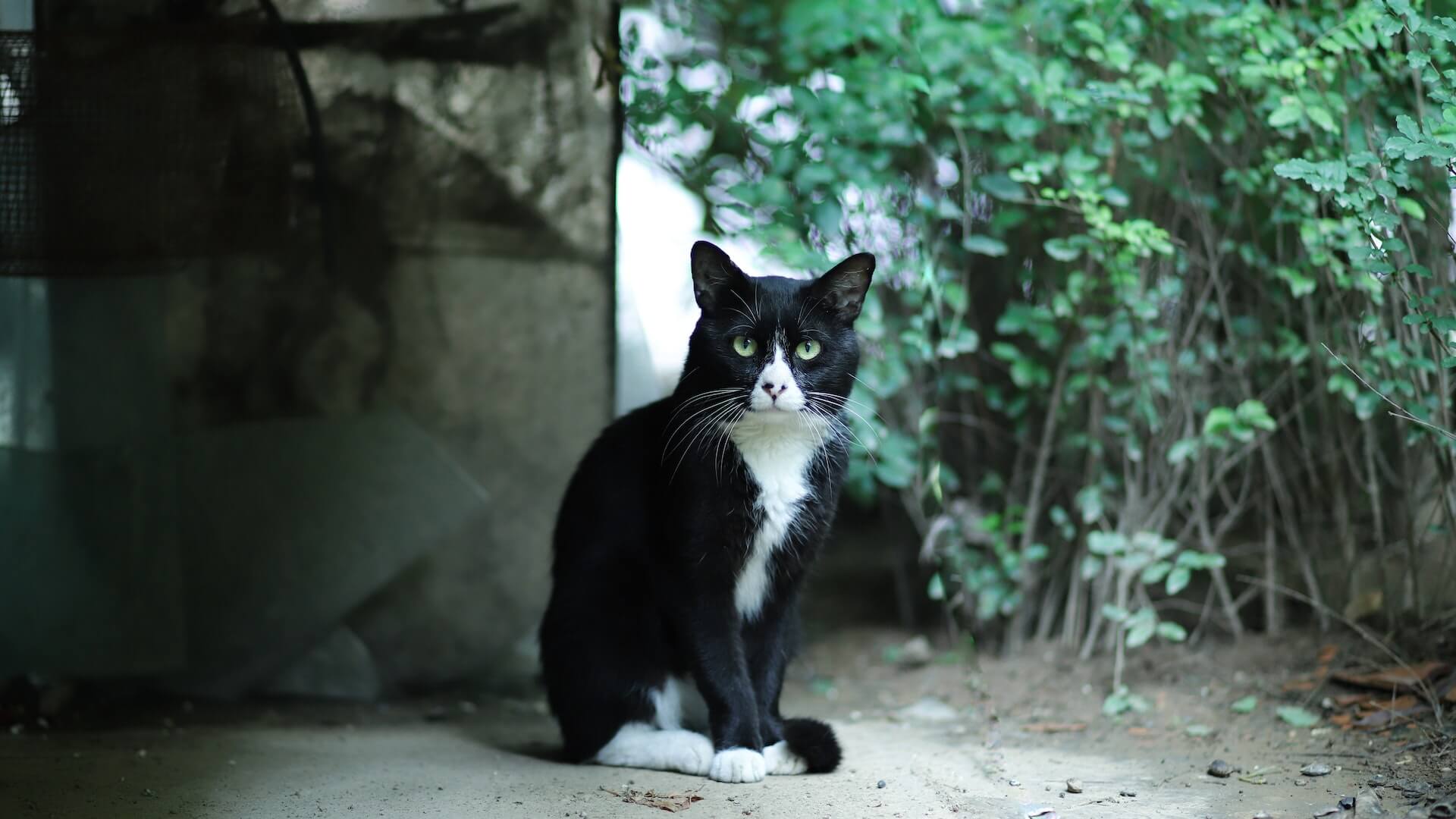
Scratching is another common behavioral issue that can leave your furniture in shambles. However, scratching is a natural behavior for cats, as it helps them stretch, mark their territory, and maintain their claws. To redirect their scratching behavior, provide them with appropriate scratching posts or boards. These should be sturdy and tall enough for them to fully stretch their bodies. Place the scratching posts in areas where your cat spends most of their time, and consider using pheromone sprays or deterrents on furniture to discourage them from scratching in inappropriate places.
Aggression in cats can be a concerning issue, especially if it escalates to the point of causing harm. It’s important to understand that aggression can stem from various factors, including fear, territoriality, or past traumatic experiences. Identifying the triggers for your cat’s aggression is crucial in addressing the issue. Consult with a veterinarian or a professional animal behaviorist who can help you develop a behavior modification plan tailored to your cat’s specific needs. This may involve implementing positive reinforcement techniques, creating a calming environment, or providing alternative outlets for their energy through interactive play.
Understanding your cat’s communication and body language
Understanding your cat’s communication and body language is crucial in building a strong bond and ensuring their happiness and well-being. Cats have their own unique ways of expressing themselves and it’s important for pet owners to be able to interpret these signals.
One of the most common forms of communication for cats is through body language. Paying attention to their posture, tail movements, and ear positions can provide valuable insights into their current mood and intentions. For example, a relaxed and upright tail usually indicates a content and friendly cat, while a tail held low or tucked under their body might suggest fear or anxiety.
Similarly, observing their ears can give you important clues about their emotional state. Ears held forward indicate attentiveness and curiosity, whereas flattened ears could signal aggression or fear. Understanding these subtle cues can help you respond appropriately and create a safe and comfortable environment for your feline friend.
Another aspect of cat communication is vocalization. Cats use a variety of sounds to express their needs or emotions. From the classic “meow” to chirps, purrs, hisses, and growls, each vocalization carries a different meaning. For instance, a gentle purring sound often indicates contentment and happiness, while a loud and prolonged meow could signify hunger or a desire for attention.
Beyond body language and vocal cues, cats also communicate through their behavior. Pay attention to their grooming habits, playfulness, and how they interact with their surroundings. For example, excessive grooming might be a sign of stress or discomfort, while energetic play can indicate a healthy and happy cat.
Safety considerations: keeping your cat safe indoors and outdoors
Cats are curious creatures by nature, and while they may enjoy exploring the great outdoors, there are inherent risks that come with it. That’s why it’s crucial to consider both indoor and outdoor safety measures for your feline friend.
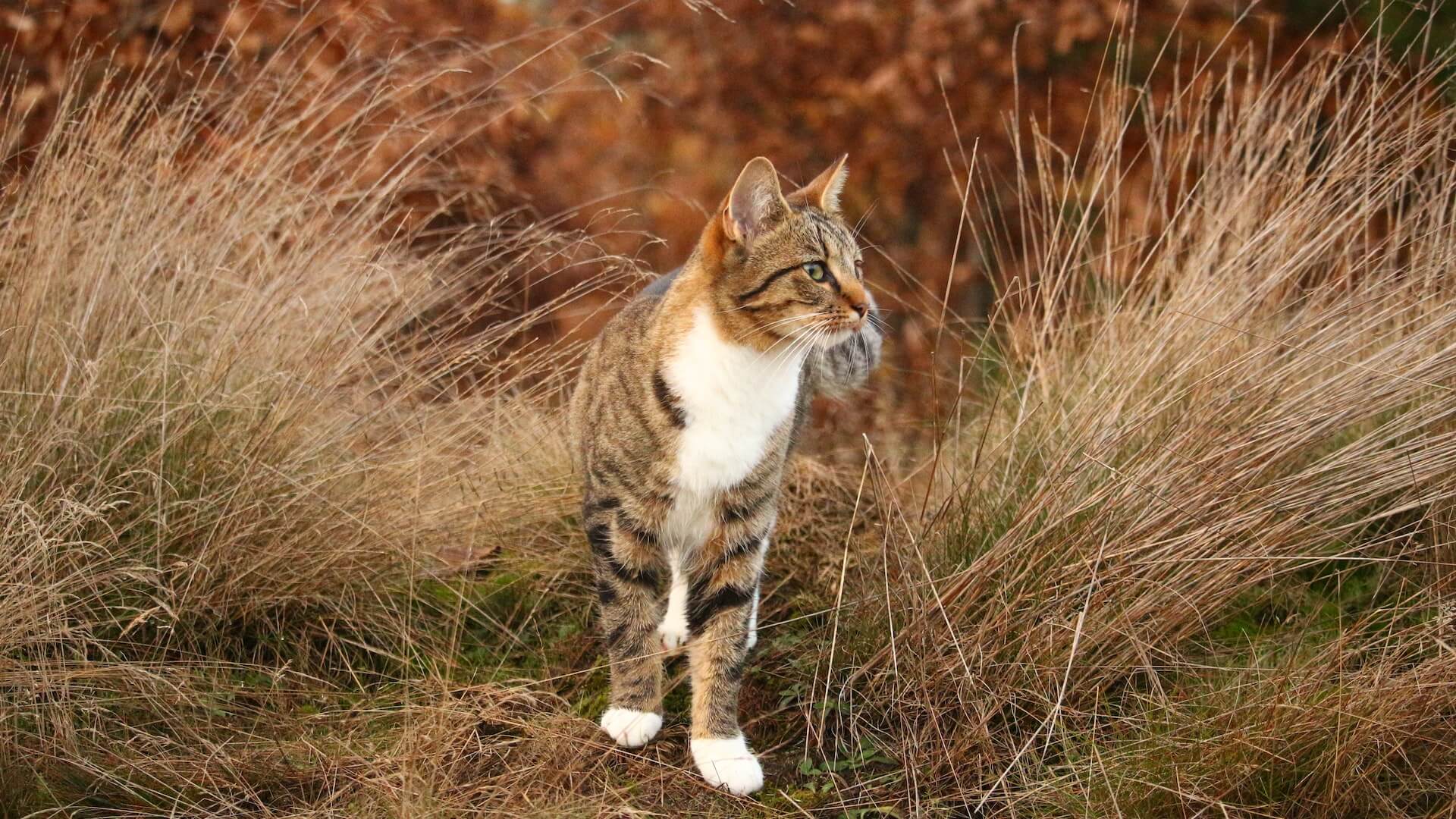
Indoor safety should not be overlooked. Create a cat-friendly environment by removing any toxic plants, chemicals, or objects that could pose a danger to your cat. Secure windows and balconies to prevent accidental falls, and keep small items or cords out of reach to avoid choking hazards. Providing stimulating toys and scratching posts can help keep your indoor cat entertained and reduce the desire to venture outside.
When it comes to letting your cat explore the outdoors, there are various options to consider. One popular choice is to create a secure outdoor enclosure, commonly known as a catio. These enclosed spaces allow your cat to experience the sights and sounds of nature while remaining protected from potential dangers such as traffic, predators, or exposure to harmful substances.
If you decide to let your cat roam outside, it’s essential to prioritize their safety. Ensure your cat is microchipped and wears a collar with identification tags, including your contact information. Regularly inspect your outdoor area for potential hazards, such as toxic plants, sharp objects, or areas where your cat could get trapped or lost. Consider installing a cat-proof fence or using cat-proof netting to prevent your cat from wandering too far.
Additionally, be mindful of your cat’s interactions with other animals. Supervise any introductions to new pets or unfamiliar outdoor animals to prevent conflicts or potential injuries. Regular veterinary check-ups, vaccinations, and flea and tick prevention are also crucial for your cat’s overall well-being.
Traveling with your cat: tips for stress-free journeys
Traveling with your cat can be a stressful experience, both for you and your feline companion. However, with some careful planning and preparation, you can ensure that your journeys together are as stress-free as possible.
1. Get your cat accustomed to the carrier:
Before embarking on any trips, it’s essential to familiarize your cat with their carrier. Leave it open in a familiar and comfortable space at home, and encourage your cat to explore and even nap inside it. This will help them associate the carrier with positive experiences and reduce anxiety when it’s time to travel.
2. Gradually introduce your cat to car rides:
If your cat isn’t accustomed to car rides, it’s crucial to introduce them gradually. Start with short trips around the neighborhood and gradually increase the duration. Provide a comfortable and secure space for your cat in the car, such as a well-ventilated carrier or a specially designed cat travel crate.
3. Use pheromone sprays or calming aids:
Consider using pheromone sprays or calming aids specifically designed for cats. These products can help create a soothing environment and reduce stress during travel. Consult with your veterinarian to determine the most suitable options for your cat.
4. Pack familiar items:
Bring along familiar items from home, such as your cat’s favorite blanket or toys. These familiar scents and objects can provide a sense of comfort and security to your cat in an unfamiliar environment.
5. Ensure proper ventilation and temperature control:
It’s crucial to maintain proper ventilation and temperature control in the car or any other mode of transportation. Avoid leaving your cat alone in a parked car, as temperatures can quickly become dangerous. Ensure adequate airflow and a comfortable temperature for your cat’s well-being.
6. Plan for necessary breaks:
If you’re embarking on a long journey, plan for regular breaks to allow your cat to stretch their legs, use the litter box, and have access to fresh water and food. Choose pet-friendly rest stops or accommodations along the way to ensure your cat’s comfort and well-being.
7. Consult with your veterinarian:
Before traveling, consult with your veterinarian to ensure that your cat is in good health and up-to-date on vaccinations. Your vet can also provide valuable advice specific to your cat’s needs and suggest any additional measures to ensure a stress-free journey.
Conclusion
Cats bring so much joy and companionship into our lives, and as pet owners, it’s our responsibility to ensure they are well taken care of. By following the tips and advice in this guide, you’ll be able to provide your furry friend with the love, care, and environment they need to thrive. Remember, a happy and healthy cat is a happy and healthy home. Thank you for reading, and we wish you many purr-fect moments with your beloved feline companion.

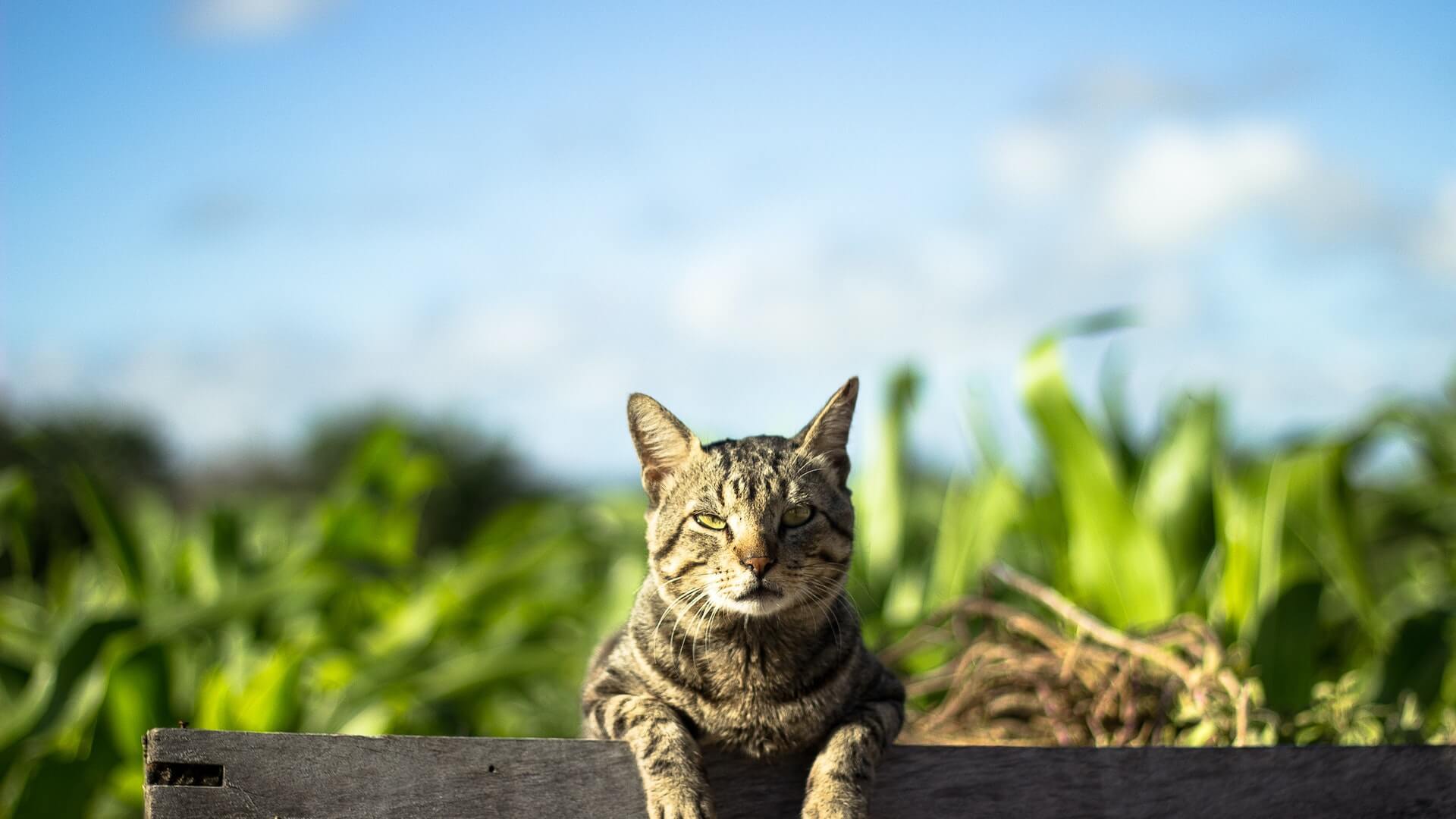


One Comment